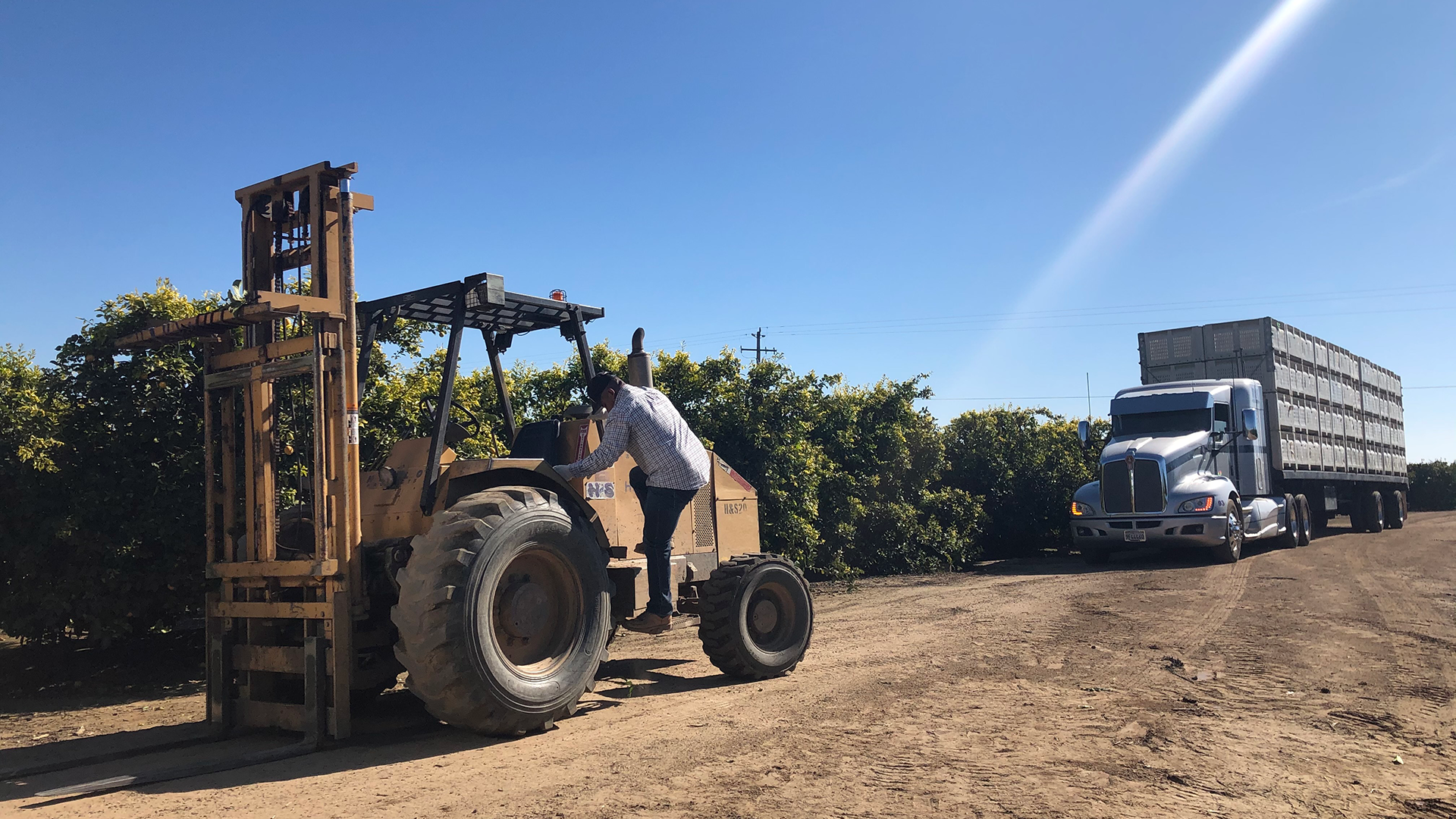
According to a recent United States Department of Agriculture (USDA) crop production report, California’s orange production numbers are predicted to exceed Florida’s for the 2022-2023 production year. Looking at these numbers at face value, it would seem as though California growers would be pleased about the level of predicted output our groves will be producing this year. However, the impact that Huanglongbing (HLB) has had on Florida’s groves over the past 18 years and the damage it has ultimately caused to their production levels, should serve as a warning signal for California producers.
As members of California’s citrus industry, what do these production reports mean for your day-to-day work? With Florida’s all-orange production expected to be around 16 million boxes this crop year compared to California’s 45 million, there will likely be more demand that could increase price on your yields; however, we can’t ignore the fact that this deadly disease is partially responsible for the low estimates for our east coast counterparts.
As the threat of HLB continues to loom over our state – particularly in Southern California – industry members should know that the best way to prevent HLB from infecting your groves is to limit populations of the Asian citrus psyllid (ACP). As the sole vector responsible for spreading the deadly disease, it’s important to stop the ACP in its tracks. While, as of today, HLB has not yet been detected in a commercial citrus grove, it has been found in more than 5,000 residential citrus trees throughout areas of Southern California. It’s more important now than ever for California’s citrus growing operations to actively participate in local, area-wide or coordinated treatments or use ACP-effective materials whenever possible to further boost our industry’s efforts in the fight against the ACP.
The Citrus Pest and Disease Prevention Division (CPDPD) is working diligently to connect with homeowners throughout the state and are surveying host plants, treating areas impacted by ACP and HLB, and are removing infected trees in an effort to prevent the spread of HLB, but the work can’t be done solely by the CPDPD.
To best protect your citrus trees, the program encourages all growers throughout the state to invest in whatever means necessary to keep your groves producing a bountiful harvest for years to come. It is important to connect with your local grower liaison, pest control district or view the treatments schedules on CitrusInsider.org for details on treatments in your area, as the preferred timing of treatments will vary per region. Additional voluntary steps can be found on Citrus Insider’s Voluntary Best Practices Guide. The cost to manage the ACP is far less than any potential costs or loss to the industry should HLB take hold throughout our state.
For more information on ACP treatments and effective materials, see the University of California’s UC IPM Pest Management Guidelines for Asian Citrus Psyllid. If you suspect ACP or HLB in your grove, please notify the California Department of Food and Agriculture Pest Hotline at 1-800-491-1899.
